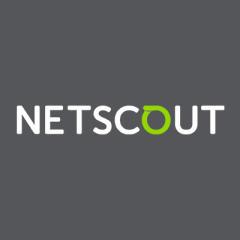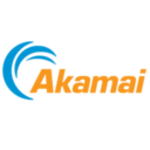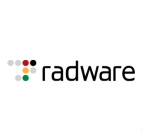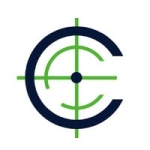What is our primary use case?
We are using it for application availability, for its perimeter protection against DDoS and such service-exhausting attacks. Our goal is service availability and protecting our infrastructure against reputational damage and other penalties that could be incurred as a result of outages and malicious activities.
How has it helped my organization?
In terms of availability, we have never suffered any service exhaustion or services unavailability. Credit goes to the solution in that we have probably suffered a number of attacks, but they were mitigated by the tech solution without any notable impact - automation. We have benefited a lot from it.
It gives us visibility into what's going on with our externally exposed services. The better the visibility it means we are able to take better informed actions to improve our infrastructure, both inside and outside the LAN.
And it has definitely helped us to achieve our network and application uptime requirements for our business and its external stakeholders. We have always maintained a very high service availability. Previously, the work involved was so intense to ensure we could support that availability. The uptime was the same then as it is now, almost 99.99 percent availability. But back then, threats were not as evolved and sophisticated as they are now. In the seven years we have been using the tool, we have continued with availability of services as before. But today, without the Arbor solution, I believe we would have suffered quite a number of service availability issues.
What is most valuable?
The auto-mitigation and upstream signaling are awesome. With the upstream signaling, this is where the application automatically raises an alarm that the data-line is over-utilized (potentially resulting in service unavailability) or is under attack (volumetric attack). The upstream service provider will then start scrubbing and black-holing malicious connections as a means to clean up the line and relieving the load. The fact that it's automated means I don't have to sit the entire time and always be looking out for threats coming through. It does it almost automatically, without any intervention by me.
They are putting quite a good amount of effort into their research to make their products stand out from the rest.
Day by day, the solution is actually getting smarter and more useful.
What needs improvement?
I haven't found anything to complain about or anything that they need to improve on.
Buyer's Guide
Arbor DDoS
October 2025
Learn what your peers think about Arbor DDoS. Get advice and tips from experienced pros sharing their opinions. Updated: October 2025.
868,787 professionals have used our research since 2012.
For how long have I used the solution?
I have been using Arbor DDoS for close to seven years now.
What do I think about the stability of the solution?
It's a very well-developed tool. I'm quite impressed. I'm happy with its performance. Stability-wise, it's a good tool. Support is also very impressive.
What do I think about the scalability of the solution?
For my environment, there is no need for growing the platform. We currently have about 5,000 endpoints. But from what I've seen, and the way we deployed it, it looks quite scalable.
How are customer service and support?
I've used NETSCOUT's technical support a number of times. I would rate it at 8 out of 10. They are doing well, there is always room for improvement. Their technical knowledge is on point, and their turnaround time is on point.
Which solution did I use previously and why did I switch?
We did not have a previous solution.
The decision to use Arbor was based on their track record and capabilities - they stood out very well.
How was the initial setup?
It's not complex. If you know what you want to use the tool for, the placement, and you know what you want to protect, the setup is very straightforward. It requires minimal downtime to deploy the solution. I found it quite easy.
Deployment took about two hours, but that time includes internal delays. From the moment you start setting it up, it takes no more than 30 minutes. The longest part, before you deploy the technology, is learning your network by monitoring it. That could take a long time, depending on the timeframe that you want to benchmark on. It could take, say, a month, just to get an idea of how your network behaves. But in terms of setting up the device, it should take an hour, tops.
We had three people involved in the initial setup. All are network engineers.
Post-deployment maintenance on our side consists of just the regular updates of the software.
What about the implementation team?
Implementation was both inhouse and vendor supported - vendor support was great, very knowledgeable resources.
What was our ROI?
ROI comes from the fact that we've never suffered any outages. In the absence of Arbor, if we were to be compromised, the cost would be way more than the cost of the solution.
What's my experience with pricing, setup cost, and licensing?
The solution is a bit costly if you're on a tight budget, but it's worth the price that they are charging - the ROI is notable in a long run.
Which other solutions did I evaluate?
I've only used the Arbor solution, so I haven't had any hands-on exposure to other technologies. But from the bit that I've read, and based on the ratings of the other solutions, nothing compares closed to what Arbor anti-DDoS offers. I've tried to compare it with the F5 Silverline solution, but the way that solution does threat mitigation is not as advanced or as comprehensive as what Arbor does.
What other advice do I have?
My advice is "Go for it." It's a great tool. If you're concerned about the availability of your services, I highly recommend it, without any hesitation. If you regard your brand or organization as valuable, then Arbor is the tool for you.
Which deployment model are you using for this solution?
On-premises
Disclosure: My company does not have a business relationship with this vendor other than being a customer.


















